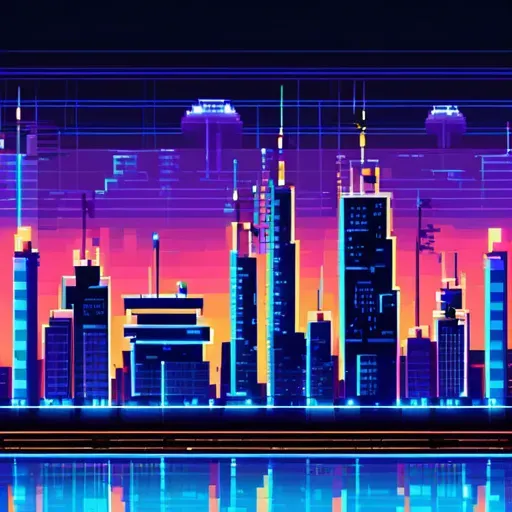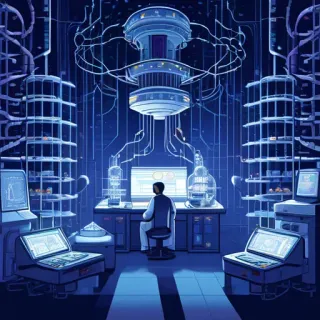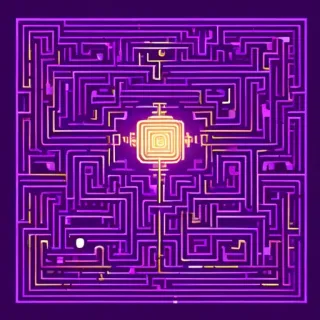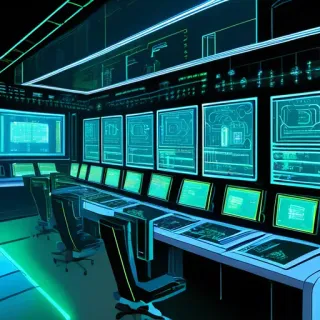
Smart Grid 2.0: Enhancements and Security Challenges Identified
/ 4 min read
Quick take - Many nations are promoting a green energy transition with the introduction of Smart Grid 2.0 (SG2), which enhances renewable energy systems through advanced technologies but faces significant security threats that require comprehensive strategies and stakeholder collaboration to ensure resilience and safety.
Fast Facts
- Many nations aim for carbon neutrality by 2050, with Smart Grid 2.0 (SG2) enhancing efficiency in renewable energy systems through advanced technologies.
- SG2 introduces features like distributed intelligence, autonomous energy distribution, and peer-to-peer trading, but faces significant security threats, including cyberattacks and physical sabotage.
- The integration of AI in SG2 raises concerns about adversarial attacks and vulnerabilities in communication infrastructure, essential for energy management synchronization.
- Recommendations for improving security include implementing advanced defense strategies, aligning protocols among stakeholders, and ongoing research into scalable AI and blockchain models.
- The study emphasizes the importance of grid security for national safety and economic stability, highlighting the need for robust mechanisms to address both traditional and advanced threats.
Green Transition in Energy Sector
Many nations are actively promoting a green transition in the energy sector, with a target of achieving neutral carbon emissions by 2050. A significant development in this effort is the introduction of Smart Grid 2.0 (SG2), which aims to enhance efficiency and sustainability in distributed renewable energy systems.
Advancements and Challenges of SG2
SG2 goes beyond the features of conventional smart grids by incorporating data-driven analytics and advanced communication technologies. It introduces new functionalities such as distributed intelligence, autonomous energy distribution, and peer-to-peer energy trading. However, SG2 faces critical security threats, including substation attacks, ransomware, supply chain vulnerabilities, and weaknesses in blockchain technology.
The integration of artificial intelligence (AI) into SG2’s energy management presents additional challenges, with a potential for adversarial attacks due to AI integration. Key stakeholders involved in SG2 include power grid operators, communication network providers, and consumers, all of whom must navigate vulnerabilities related to distributed microgrids and AI-controlled systems. These systems are susceptible to both cyberattacks and physical sabotage, raising concerns for power providers about equipment failures and physical sabotage.
Security Concerns and Recommendations
The communication infrastructure is highlighted as a critical vulnerability essential for synchronizing energy management data. Recent global incidents underscore these security concerns, including blackouts attributed to ransomware attacks and threats to nuclear cooling systems. A comprehensive examination of SG2’s security requirements and threats has been conducted to improve understanding of the associated risks in energy trading, AI-aided operations, and other innovations.
The study reviews international security standards from organizations such as the National Institute of Standards and Technology (NIST), the International Electrotechnical Commission (IEC), and the European Union Agency for Cybersecurity (ENISA). Recommendations for power providers include implementing perimeter fencing, mobile transformers, and fault detection systems, as well as suggested defense strategies like virtual local area networks (VLANs), firewalls, intrusion detection systems (IDS), and trustworthy AI models.
Future Directions and Research Needs
Future challenges for SG2 involve aligning security protocols among multiple stakeholders to prevent cascading failures and enhance overall resilience. The architecture of SG2, along with its threat models and protection strategies, has been visualized in the study. Countries reviewed for their security protocols include the USA, EU, Japan, China, and India.
SG2 envisions that renewable energy sources, such as solar and wind, will contribute up to 45% of total energy by 2050. The importance of grid security is emphasized in relation to national safety and economic stability. The study highlights the urgent need for research into scalable and trustworthy AI and blockchain models tailored for SG2’s unique challenges.
SG2 presents advancements that also introduce security risks not present in the earlier Smart Grid 1.0 (SG1). The incorporation of AI and blockchain technologies necessitates the development of robust defense mechanisms to prevent adversarial exploitation. Interoperability and collaboration among stakeholders are crucial for secure operations within SG2. Ongoing research is essential to create effective standards and scalable AI models to address emerging security concerns.
SG2 is exposed to both traditional and advanced cyber-physical threats. Digital twins are emerging as valuable tools for testing and simulating security scenarios, while explainable AI (XAI) is becoming increasingly important for secure grid management and anomaly detection. A consistent authentication mechanism across microgrids is vital to prevent unauthorized access, and traditional security measures require enhancements to integrate AI-aided systems at the core of the security strategy. Data privacy concerns arise from extensive data collection, necessitating robust anonymization and consent protocols.
Original Source: Read the Full Article Here


